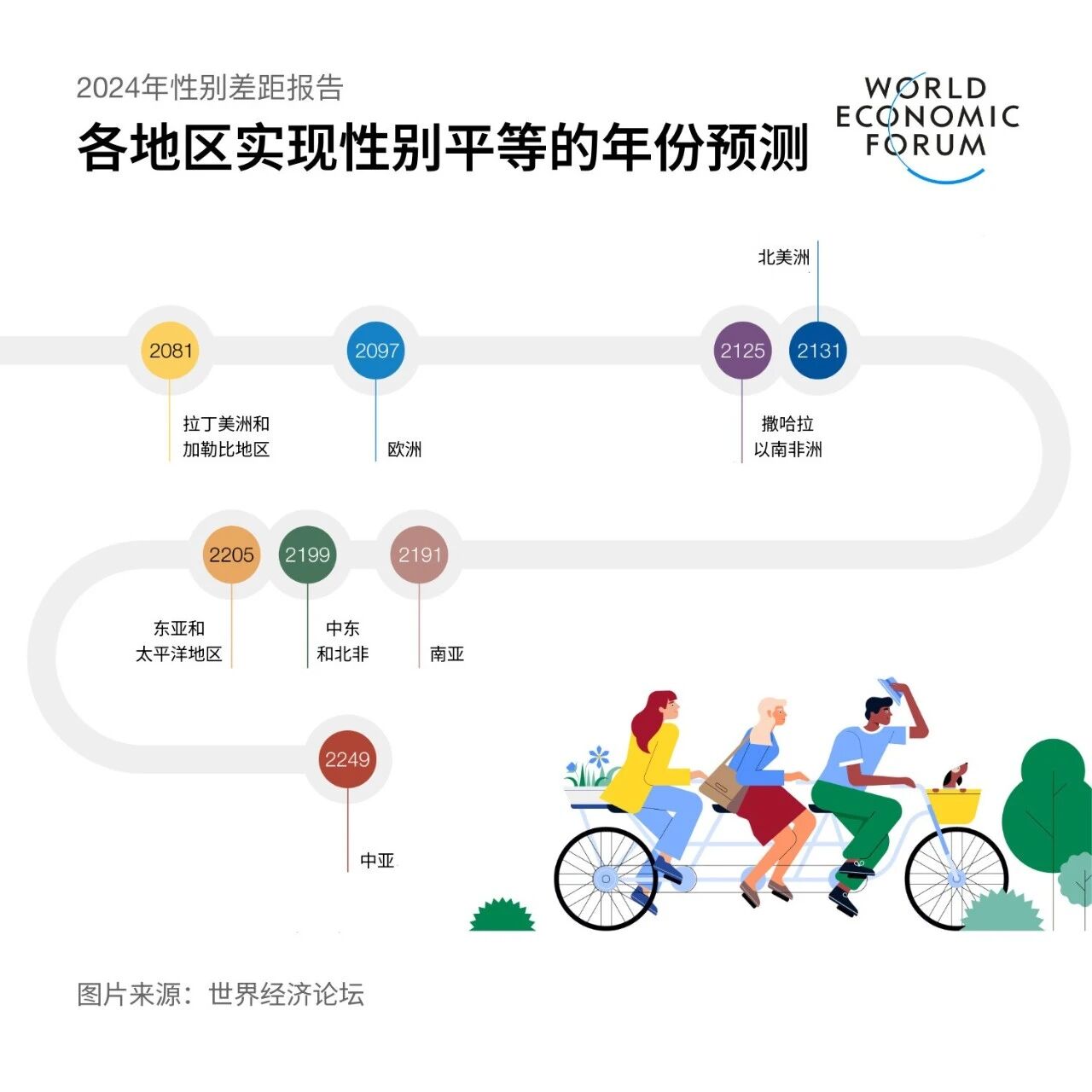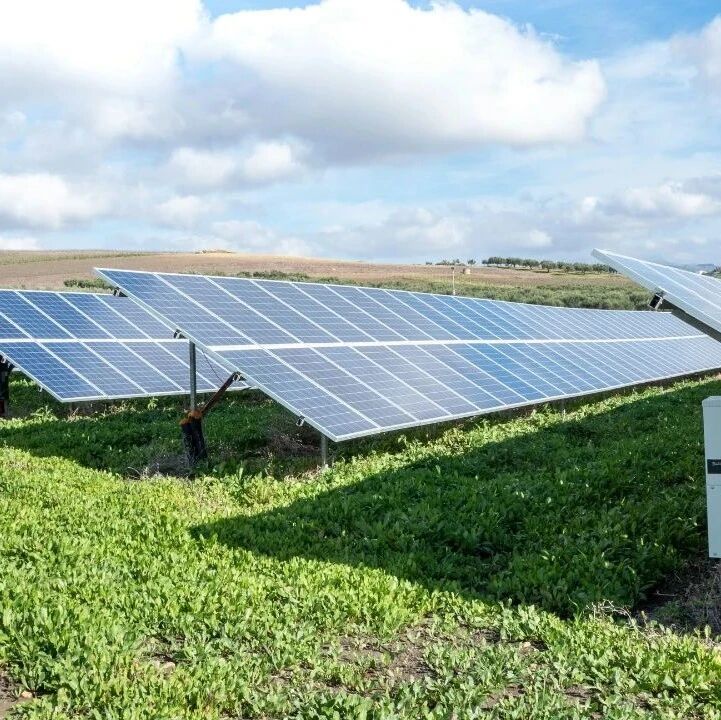Energy investment continues to grow, but at a slower pace.
Image source:Getty Images
Simon Flowers
Chairman and Chief Analyst of Wood Mackenzie
Trump's trade and geopolitical policies have intensified energy price volatility.
Energy investment continues to grow, but at a slower pace.
Addressing unresolved administrative and infrastructure issues could help spur the rapid growth of renewable energy.
This year is set to be a defining one: the Russia-Ukraine conflict continues unabated; a ceasefire agreement has been reached in Gaza; and Brazil’s COP30 will serve as a pivotal moment for shaping climate policy. Meanwhile, with Trump embarking on his second term, his remarks on war and trade tariffs have only heightened already simmering geopolitical tensions.Companies in the energy and natural resources sectors must find ways to navigate all this uncertainty and make critical capital allocation decisions—balancing investments between traditional fossil fuels and low-carbon energy sources. After record-breaking M&A spending over the past 18 months, the trend of mergers among oil giants continues—and could even extend into the mining industry. Meanwhile, commodity prices are expected to remain highly volatile, a situation that could worsen further if tariff or trade wars erupt. Meanwhile, driven by the booming demand for data centers and artificial intelligence, the power industry will require policy support to ensure a steady, round-the-clock supply of clean electricity—crucial for meeting the tech sector's growing needs.What opportunities, challenges, and risks will the energy and natural resources sector face in 2025? Here are five key trends.The new Trump administration is working hard to exert influence on global trade, climate policy, and geopolitics—steps that could bring profound changes to the energy and natural resources sectors.The Trump administration's trade tariff plan poses a serious threat to global economic growth in 2025. We forecast global GDP growth at 3%, slightly higher than the 2.7% expected for 2024. However, if major trading partners implement partial retaliatory measures, tariffs could shave off 50 basis points (annualized) from GDP growth. This would negatively impact demand for commodities—specifically, global oil demand in 2025 could decline by 500,000 barrels per day, effectively reversing half a year’s worth of growth.Additionally, Trump decided to withdraw the United States from the Paris Agreement. Since 2015, global emissions have continued to rise, and currently, no major country is on track to meet its Nationally Determined Contributions (NDC) targets by 2030 as originally planned. With the U.S. now out of the agreement, the likelihood of countries boosting their NDC goals ahead of Brazil’s COP30—and thereby putting the world back on course to limit warming to 2°C—has become exceedingly slim.On the geopolitical front, Trump has placed peace in Ukraine and the Middle East high on his agenda. Despite the numerous challenges ahead, the benefits of peace would be immense—particularly in terms of their impact on the global economy. However, peace may not have as positive an effect on commodity markets. The end of conflict could reduce trade tensions and potentially boost supplies of most commodities, driving prices lower. That said, European politicians might resist efforts to swiftly resume pumping natural gas through pipelines into Europe.2. Capital Allocation and FinanceIn 2025, investment in energy and natural resource supplies will reach record levels, with spending expected to surpass $1.5 trillion—representing a real increase of 6% compared to 2024. This forecast covers capital investments in power generation and renewable energy (excluding grid infrastructure), upstream oil and gas, as well as the metals and mining sectors.Although overall spending is on the rise, the growth rate has slowed to half of what it was at the beginning of this decade. All industries are tightening their capital management, reflecting, in part, a cautious approach toward the pace of the energy transition. Low-carbon investments—including those in renewable energy, hydrogen, CCUS, and critical metals that are driving the transition—have surged dramatically, rising from 32% in 2015 to 50% in 2021, but have since plateaued. We estimate that by 2030, low-carbon investment will need to increase by 60% to help meet the goals of the Paris Agreement.3. Europe's Oil and Gas Giants' Business MovesOil and gas companies have been actively adapting to the slower pace of transition since 2023, positioning themselves to remain resilient amid evolving demand for oil and gas over the next decade. Meanwhile, U.S. giants have already leveraged their highly rated stocks to acquire independent firms listed on U.S. exchanges.The key question is whether, when, and how European giants like Shell, BP, and Equinor will strengthen their upstream operations in response.We predict that the primary goal of these European giants right now is to strengthen their financial positions, creating opportunities for deals in 2026. This means their focus this year will remain on optimizing portfolios—such as divesting non-core assets—and enhancing cost efficiency through more innovative partnerships, while also boosting free cash flow to support higher shareholder dividends. However, weak oil and gas prices could enable these European giants to strike a transformative corporate deal later this year.4. Oil, natural gas, and metals are set to experience a year of price volatility.OPEC+ is once again facing a challenging year ahead. While their price-support strategy has proven effective, maintaining Brent crude oil prices above $80 per barrel for the fourth consecutive year in 2025 will be extremely difficult. Meanwhile, consistently strong non-OPEC supply continues to put pressure on OPEC+, prompting the group to cut production by 6 million barrels per day. Looking ahead to 2025, we expect OPEC+ will have limited opportunities to ramp up supply, which could push Brent crude prices down to an average of $70–75 per barrel.Natural gas prices are expected to rise further in 2025, accompanied by increased volatility. With only three major liquefied natural gas (LNG) projects set to ramp up production gradually throughout the year, the market is likely to tighten even more before new supply arrives in 2026.At the start of 2025, copper prices stood at $4.15 per pound, 20% lower than the peak reached in May of last year. However, we remain bullish on both the short-term and long-term outlook for copper prices. This year, we expect copper prices to rebound, averaging around $4.50 per pound—driven by supply shortages, as new mine production struggles to keep pace with robust demand from the U.S. and China.5. Power and Renewable Energy: A Year of Accelerating InnovationThe lengthy permitting and grid-connection processes have long been the two major bottlenecks hindering the accelerated development of renewable energy in power systems worldwide. There are growing signs that policymakers are finally recognizing this issue, and 2025 could mark the beginning of a new era for renewable energy. Germany has already demonstrated the transformative impact of reforming its permitting procedures: since the reforms were implemented in 2022, approvals for onshore wind projects have surged by 150%.Reforming the permitting process could become one of the Trump administration's key priorities for 2025. On the grid connection front, reforms initiated by the U.S. Federal Energy Regulatory Commission (FERC) in 2023 are beginning to take effect. At least one independent system operator—specifically the Midcontinent Independent System Operator—is rolling out new automated software processes that will significantly cut down the typical 2-to-4-year grid study period previously required.Providing power support for the rapid expansion of data centers will also become a key focus for governments worldwide in 2025, particularly in the U.S., where competition among states to build data centers is intensifying. Compared to our analysis from October 2024, the capacity of the projects we’re tracking has already doubled to 100 gigawatts—and an increasing number of U.S. states are now eager to get involved.Over time, the data center boom could lead to an unexpected consequence: rising U.S. natural gas prices due to increased demand, which in turn could drive up electricity costs. Much like gasoline prices ahead of last November’s U.S. election, electricity rates may soon become a tricky political issue.
The above content solely represents the author's personal views.This article is translated from the World Economic Forum's Agenda blog; the Chinese version is for reference purposes only.Feel free to share this in your WeChat Moments; please leave a comment at the end of the post or on our official account if you’d like to republish.
Translated by: Di Chenjing | Edited by: Wang Can
The World Economic Forum is an independent and neutral platform dedicated to bringing together diverse perspectives to discuss critical global, regional, and industry-specific issues.
Follow us on Weibo, WeChat Video Accounts, Douyin, and Xiaohongshu!
"World Economic Forum"





